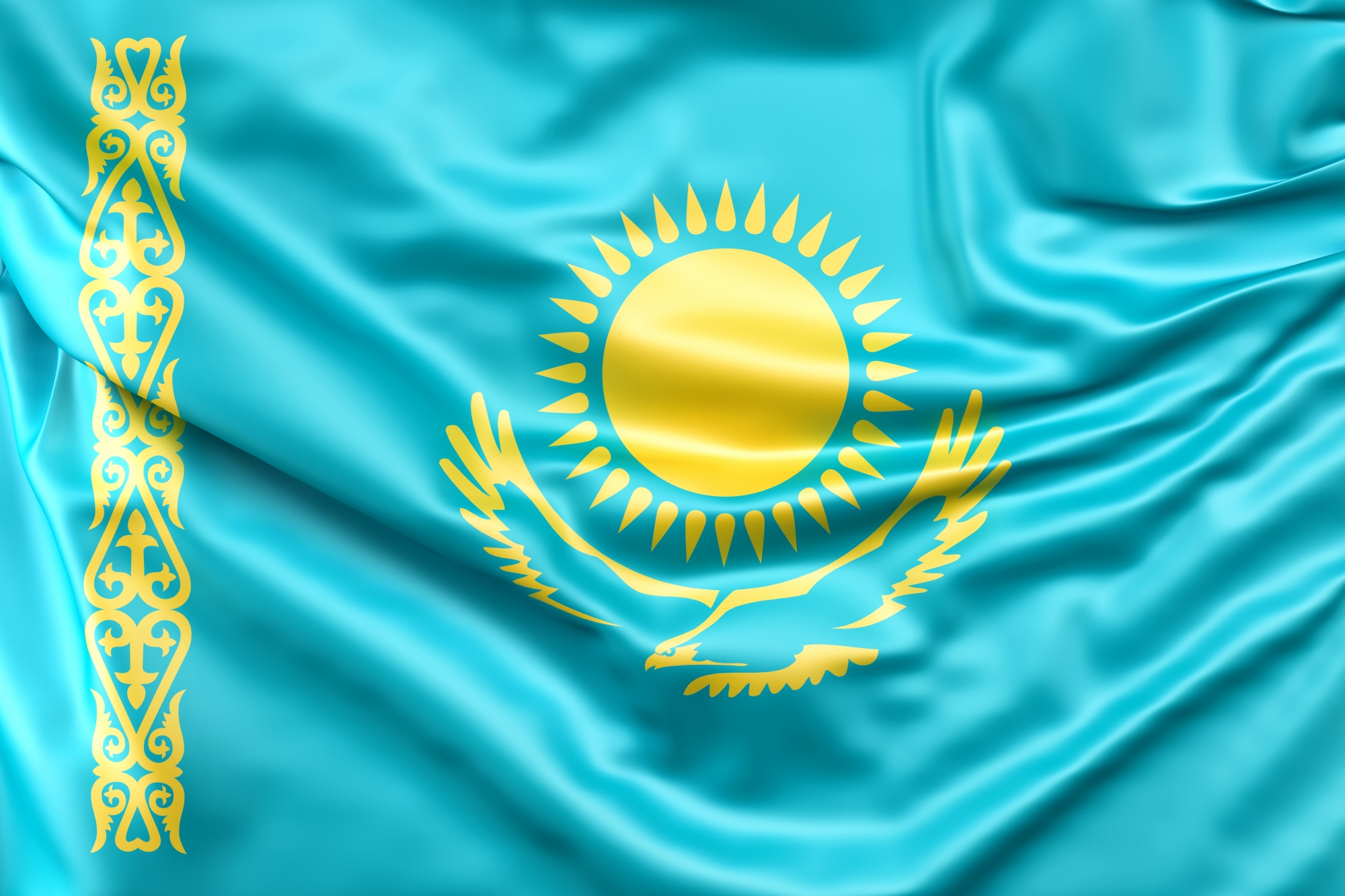Kazakhstan, a vast country of Central Asia, has a markedly continental climate, with very cold winters almost everywhere, while summers are warm in the north and definitely hot in the south. There are no obstacles that could protect the country from cold air masses of polar or Siberian origin, while in summer, hot winds from the Iranian deserts can blow. In addition, because of the huge distance from the oceans, the Asian continent cools down a lot in winter and heats up in summer, so, both the highest and the lowest records are noticeable. In fact, in the north, the temperature can reach -50 °C (-58 °F) in winter and 40 °C (104 °F) in summer, while in the south, it can go from -35 °C (-31 °F) in winter to 45 °C (113 °F) in summer. The clash between different air masses can give rise to strong winds and dust storms, especially in spring in the south, while in winter, the northern wind can cause snow storms, but without great accumulation on account of the scarcity of precipitation.
The distance from the sea is also the cause of the aridity of the climate; in fact, the country is almost entirely covered by steppes and deserts. The rainiest part in the vast lowlands is the north (roughly above the 50th parallel), where precipitation exceeds 300 millimeters (12 inches) per year, mainly because of afternoon thunderstorms that occur in summer, while in the center and south, it drops to around 150/200 mm (6/8 in) per year, and to as low as 100 mm (4 in) or so in the area of the Aral Sea. Snow is quite common in the long winter months, but it’s often light and not abundant. There are approximately a hundred days with snowfall each year on the plains of the far north, about 60 days in the central region, and about 20 days in the southernmost part.
The mildest area in winter is the south-west, along the coasts of the Caspian Sea: here, the average temperature in January is -6 °C (21 °F) on the northern coast (see Atyrau), it reaches 0 °C (32 °F) on the east coast (see Aktau), and slightly exceeds 0 °C (32 °F) near the border with Turkmenistan. There is also a small portion in the south-central part of the country, near the border with Uzbekistan, where the average in January is around freezing as well. In general, at a given latitude, the winter temperature decreases as you proceed towards the east.
In summer, temperatures are more uniform, and vary mainly according to latitude, as well as to altitude (but most of the country is flat): in July, they are on average around 19 °C (66 °F) in the far north, and around 25 °C (77 °F) in the center-south, while they reach almost 30 °C (86 °F) in the far south.
As mentioned, precipitation varies from north to south as well: the northern part, the rainiest one, is occupied by the Kazakh steppe (or Kirghiz steppe), while the central and southern regions are semi-desert or desert. However, precipitation rises again in the southeastern mountainous area.
Temperature Month Wise
Month | Average Max Temperature | Average Min Temperature |
January | -10 °C (14.0 °F) | -18 °C (0.0 °F) |
February | -9 °C (16.0 °F) | -18 °C (0.0 °F) |
March | -2 °C (28 °F) | -12 °C (10 °F) |
April | +11 °C (52 °F) | 0 °C (32 °F) |
May | +20 °C (68 °F) | +8 °C (46 °F) |
June | +26 °C (79 °F) | +13 °C (55 °F) |
July | +27 °C (81 °F) | +15 °C (59 °F) |
August | +25 °C (77 °F) | +13 °C (55 °F) |
September | +19 °C (66 °F) | +7 °C (45 °F) |
October | +10 °C (50 °F) | +0 °C (32 °F) |
November | -1 °C (30 °F) | -9 °C (16 °F) |
December | -8 °C (18 °F) | -16 °C (3 °F) |

